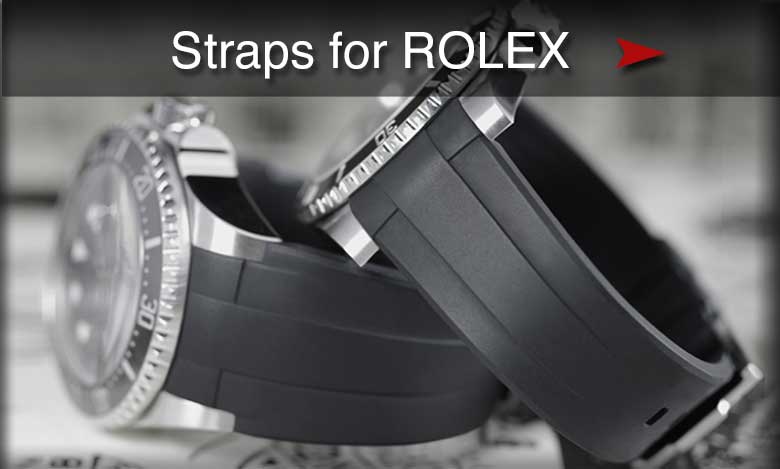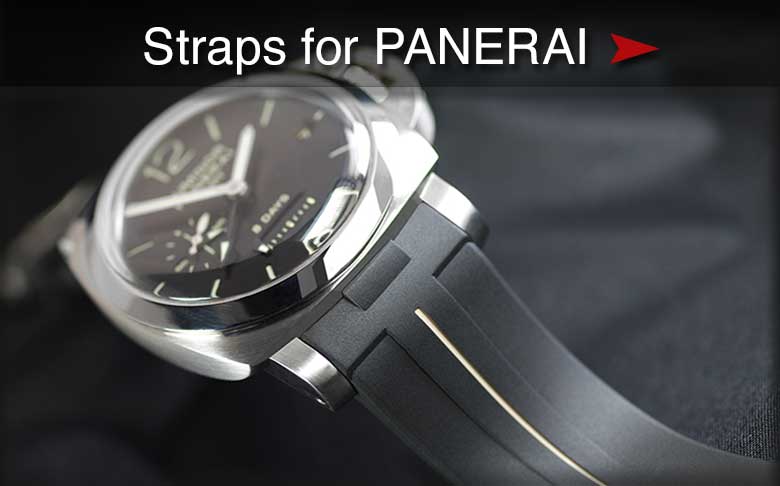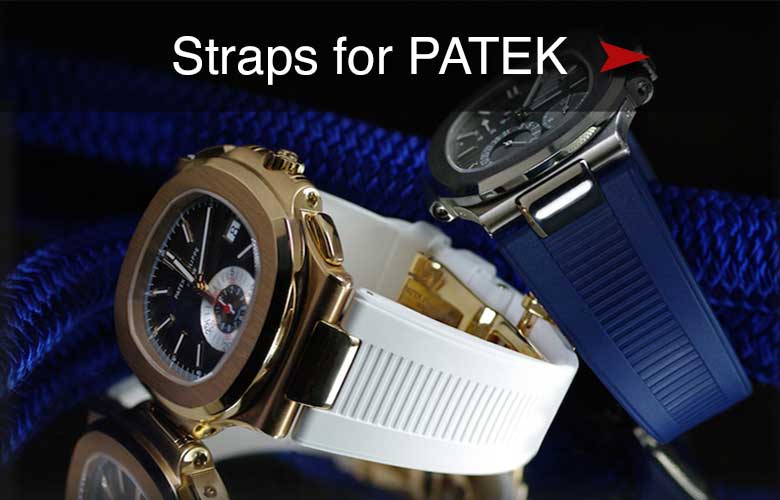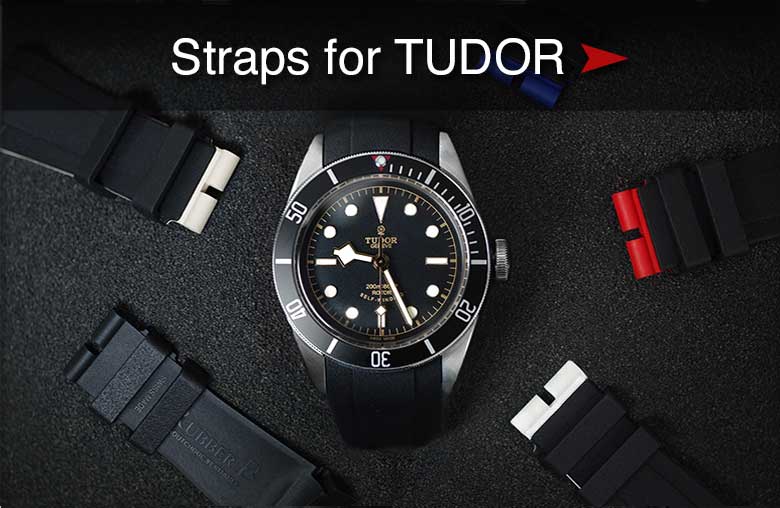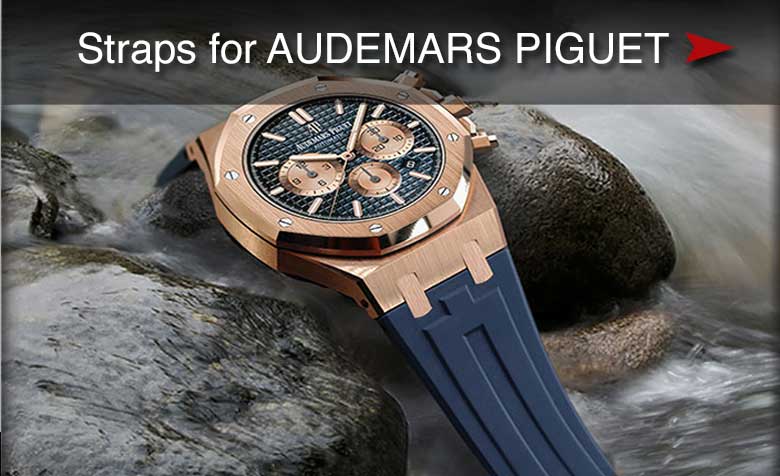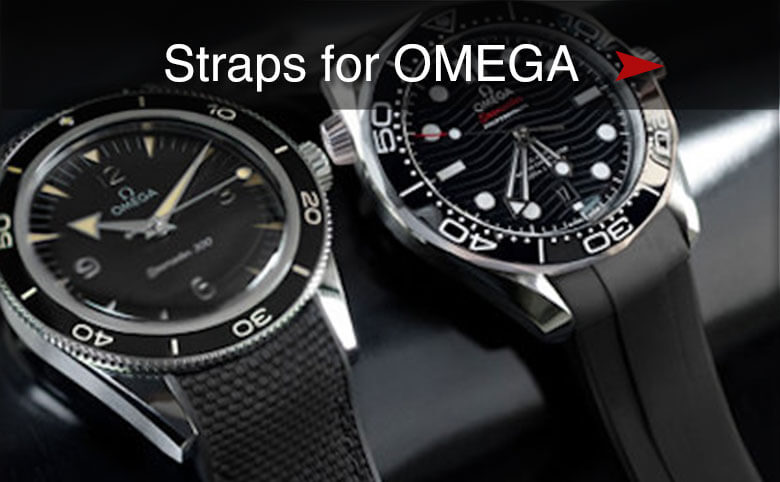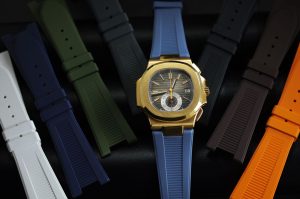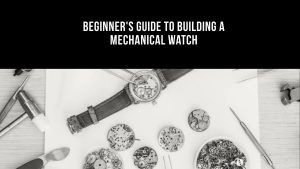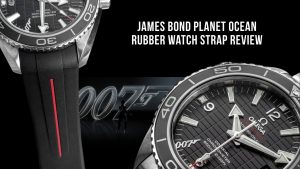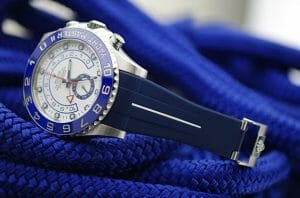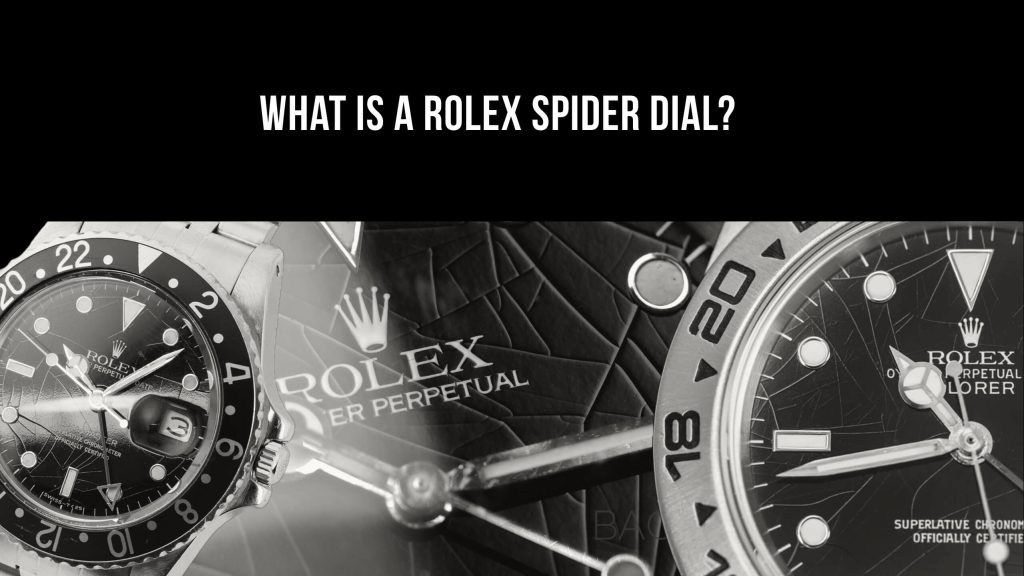
Rolex watches are revered for their craftsmanship, innovation, and timeless design. Among these coveted timepieces, certain vintage models have gained unique appeal due to an unexpected dial feature known as the “spider dial.” While this characteristic was originally a flaw in the manufacturing process, it has become a rare and sought-after trait among collectors. At Rubber B, we not only appreciate the beauty of Rolex watches but also offer custom rubber straps to complement these one-of-a-kind timepieces. In this article, we’ll explore what spider dials are, how they formed, and why they matter to collectors.
What is a Rolex Spider Dial?
A Rolex “spider dial” refers to a cracked or crazed dial surface where fine fissures resemble a spider’s web. These cracks are the result of a flaw in the lacquer mixture used on certain Rolex watches in the 1980s. Due to prolonged exposure to UV light or temperature changes, the surface would crack, forming intricate patterns across the dial.
These dials are typically found in transitional Rolex references from the 1980s, during the shift from matte to glossy dials. However, spider dials are not exclusive to Rolex; other watch brands with similar lacquer finishes have also experienced this phenomenon.
Why Did Rolex Spider Dials Happen?
During the 1980s, Rolex experimented with new gloss dial finishes, but the lacquer mixture used in this transitional period proved vulnerable to environmental factors. Over time, exposure to UV rays and temperature changes caused the lacquer to crack, creating the “spider web” effect. The watches most affected by this defect include the GMT-Master 16750, Submariner 16800, and Day-Date 18038, among others.
The formation of spider dials was never intentional, but in the world of vintage Rolex collecting, this imperfection has become part of the allure. Much like tropical dials or patinated bezels, spider dials are a form of natural aging that adds a layer of history and character to the watch.
Are Spider Dials Valuable?
The value of a spider dial Rolex depends on the individual collector’s preferences. Some collectors view the dial cracks as undesirable, while others see them as a rare and beautiful quirk that adds character to the watch. The appeal of spider dials largely rests on the pattern, density, and visibility of the cracks. For example, a Rolex with fine, consistent cracking may fetch a premium, while a watch with uneven or obscured spidering may not hold as much appeal.
If you’re looking to buy or sell a spider dial Rolex, it’s important to research recent auction results or completed listings for similar models. Pay close attention to the condition of the dial and how the cracks are distributed, as this can greatly influence the watch’s market value.
Two Iconic Rolex Spider Dial Examples
Rolex GMT-Master 16750 with Spider Dial
The Rolex GMT-Master 16750, produced between 1979 and 1988, is one of the most iconic references featuring spider dials. The transitional nature of this model—combining a glossy dial with a vintage acrylic crystal—makes it a perfect candidate for the spider dial phenomenon. The cracks on these watches are often fine and uniform, creating an understated yet intriguing look.
Rolex Day-Date 18038 with Spider Dial
Another standout example is the Rolex Day-Date 18038, a highly sought-after model among vintage Rolex enthusiasts. Released in 1977, this was the first Day-Date to feature a quickset date function and sapphire crystal, making it both mechanically advanced and visually distinct. When found with a spider dial, the 18038 showcases thick, well-defined cracks that expose the lighter matte surface beneath. In the eyes of the right collector, this unique patina can significantly enhance the watch’s desirability.
How to Customize Your Rolex with Rubber B
If you’re lucky enough to own a Rolex with a spider dial, you might want to enhance its look with a custom rubber strap. At Rubber B, we offer a wide range of integrated rubber straps designed specifically for various Rolex models, including those featuring spider dials. Our straps are engineered to fit seamlessly, adding both durability and style to your timepiece.
Whether you prefer a classic black strap or something more adventurous like our vibrant Military Green, we’ve got the perfect match for your spider dial Rolex. By pairing your vintage watch with a modern, high-quality strap, you can ensure it remains a versatile piece that suits your everyday style.
Final Thoughts
The Rolex spider dial is a fascinating chapter in the brand’s history. What began as an unintentional flaw has now become a sought-after feature, adding unique character and value to certain vintage models. Whether you love or loathe the look of a spider dial, there’s no denying the intrigue and story behind these rare timepieces.
At Rubber B, we understand the passion that drives watch collectors, and we’re here to help you elevate your collection with our expertly crafted straps. If you’re looking to give your spider dial Rolex a new lease on life, explore our full collection of custom rubber straps designed to complement the world’s most iconic watches.
Let us know what you think of spider dials in the comments below, and be sure to explore our rubber strap collection for your next customization.
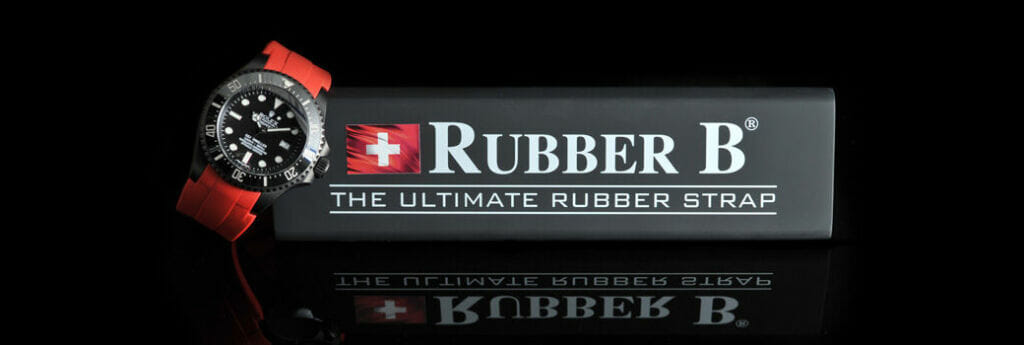
Are you in need of a custom rubber watchband for your luxury watch? Visit Rubber B Today
All of our watch bands are made from 100% vulcanized rubber and manufactured in Switzerland by industry professionals with decades of experience behind them. All of Rubber B’s straps are also non-toxic and non-allergenic, ensuring a quality product that is sure to last for years to come.
If you would like to learn more about our complete list of products, shipping policies, and pricing, or have questions about our custom rubber watch straps, please visit the Rubber B website today for more information. One of our valued team members will be happy to answer your inquiry in a timely manner.
Follow Us on Instagram
